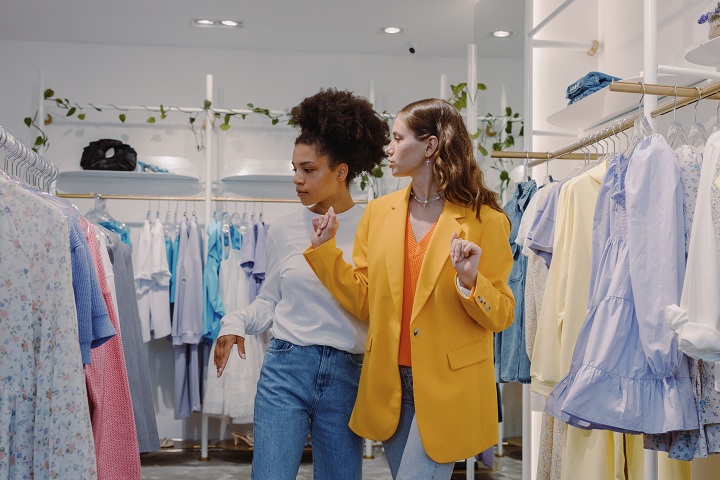Clothing is an essential part of everyone one’s life. No matter who you are or where you are in the world, clothing is important to cover your body and protect yourself from harsh atmospheric elements.
Adaptive Clothing
But, clothing has come a long way from its basic functionality and has become a style statement. It is now a form of self-expression that people use to express what and who they are without even speaking.
While there are numerous types of clothes one can buy, and the styles are almost never ending, but clothing or fashion industry has not been inclusive of other aspects of society.
It does not focus on people with disabilities as they have different needs and challenges, requiring their clothing to be more mindfully designed. Their clothing not only has to do its primary function, but it has to add value or make their life convenient.
Many brands are starting to serve adaptive fashion for the disabled in their product lineup. Furthermore, many niche brands only sell adaptive clothes. These clothes are different from regular clothes in their function. For instance, an adaptable shirt might have buttons with velcro, which is more accessible for people with disabilities to open.
The main purpose of these clothes is to cater to the needs of disabled people without having to compromise on the fashionable aspects of the clothing.
What is different in adaptive clothing?
There are many differences between these types of clothes as the objective is to ease the life of disabled persons.
1. Replacing the buttons
If someone has a prosthetic arm, cerebral palsy, or partial paralysis, they might not be able to use their fine motor skills of the hands to button their shirt, blazer, or bottom wear.
So, adaptive fashion for the disabled addresses this problem by using magnets or velcro instead of buttons.
However, brands in this space avoid buttons whenever possible to minimise complications.
So, if they make bottom wear like skirts, leggings, or even jeans, they would use high-quality elastic and side pull tabs for a secure fit.
2. Better fit
Normal jeans or shirts are designed assuming the wearer will maintain the ideal body posture. The fitting of these clothing items is so that it even restricts movement to some extent.
However, adaptive clothing is way more inclusive as it pays attention to the fit of the clothes in a much more detailed way.
For instance, you will be able to find different types of fittings for bottom wear. Herein, one would be the traditional fit, but you will also have the option to buy seated pants meant for those who spend most or all of their time in a wheelchair.
3. Better quality of fabrics
Many types of disabilities may make one hypersensitive to the feel of specific fabrics. Moreover, some fabrics may irritate your skin if you wear them too long or sit in them for longer. So, adaptive clothing is made with the best quality of cloth as most brands only use linen and organic bamboo fibre as they are considered the creme of the crop.
Moreover, brands make it a point to use as minimal tags and branding as possible to avoid irritating the wearer’s skin.
4. Additional functionality
Adaptive clothes must not only be comfortable, easy to wear, and aesthetically pleasing, but they must also address the problems of the people wearing them.
Various types of disabilities may require a person to wear catchers on a usual basis.
If the person is wearing normal clothing, the pipe of the catchers would be visible to everyone. However, some adaptive leggings come with built-in catheters, and you just need to add your pipes to them.
The attachment option of the catchers is provided so that one can provide their suprapubic catheters.
Since the advent of fashion, the problems of the disabled were not being addressed. Still, with the advent of such adaptive clothing brands, it is easier for everyone to access aesthetically pleasing and yet functional clothes, even if they have different requirements.

